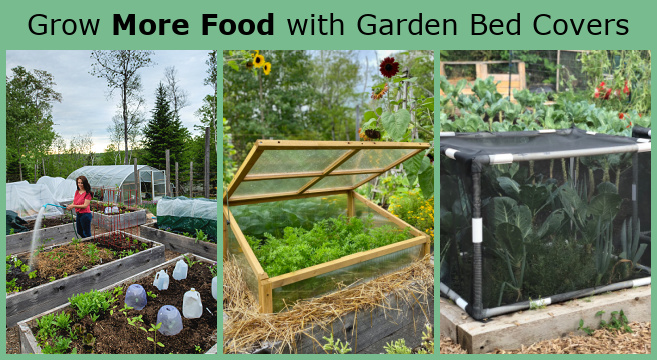Introduction
Covering your garden is a fundamental practice that protects plants, conserves moisture, and promotes healthy growth. Whether you’re aiming to shield your plants from harsh weather or suppress weeds, knowing how to cover your garden correctly can dramatically improve your garden’s productivity and longevity. This article explores the best methods and materials for covering your garden, addressing common questions and providing expert advice to help you make informed decisions.
Why Should You Cover Your Garden?
Covering your garden offers multiple benefits that support plant health and soil quality:
- Protection from extreme weather: Covers shield plants from frost, heavy rain, and intense sunlight.
- Moisture retention: Mulches and covers reduce soil evaporation, conserving water.
- Weed control: Covering suppresses weed growth, reducing competition for nutrients.
- Soil temperature regulation: Covers help maintain stable soil temperatures, aiding root development.
According to agricultural experts, proper garden covering can increase plant survival rates by up to 30% during adverse conditions. These benefits highlight why covering your garden is an essential gardening practice.
What Are the Best Materials to Cover Your Garden?
Choosing the right material depends on your garden’s needs and local climate. Here are common options:
1. Mulch
Mulch, made from organic materials like wood chips, straw, or leaves, is a popular choice. It:
- Improves soil fertility as it decomposes.
- Maintains soil moisture.
- Suppresses weeds effectively.
2. Garden Fabric
Also known as landscape fabric, this synthetic or natural material allows water and air to pass but blocks sunlight, preventing weed growth. It’s durable and reusable.
3. Plastic Covers
Plastic sheeting, often used in vegetable gardening, warms the soil and protects against pests. However, it doesn’t allow water penetration unless perforated.
4. Frost Cloths
Lightweight frost cloths protect plants from cold temperatures without restricting airflow, ideal for frost-prone areas.
Experts recommend selecting materials based on plant type and seasonal challenges for optimal results.
How to Properly Cover Your Garden
To maximize the benefits, follow these steps:
- Prepare the soil: Remove existing weeds and debris.
- Apply a layer of mulch or lay fabric/plastic: Ensure even coverage without suffocating plants.
- Secure the edges: Use stones, soil, or pins to keep covers in place during wind.
- Monitor moisture: Check soil moisture regularly to avoid over- or under-watering.
By following these steps, gardeners can effectively protect their plants and enhance soil health.
Seasonal Considerations for Garden Covering
Different seasons require tailored approaches:
- Spring: Use light frost cloths to protect emerging plants.
- Summer: Apply mulch to conserve moisture and keep roots cool.
- Autumn: Cover soil with organic matter to enrich it over winter.
- Winter: Use heavier frost covers to protect sensitive plants from freezing.
Adapting your garden cover strategy to the season ensures year-round plant health and productivity.
Common Mistakes to Avoid When Covering Your Garden
Avoid these pitfalls to ensure your garden cover works effectively:
- Over-covering: Excessive coverage can limit air circulation, leading to mold.
- Using non-breathable materials indiscriminately: Plastic can cause waterlogging if not perforated.
- Neglecting to secure covers: Loose covers can blow away and expose plants.
Gardeners who avoid these mistakes report healthier plant growth and fewer pest issues.
Conclusion
Covering your garden is a simple yet powerful technique to protect plants, conserve resources, and boost growth. By selecting appropriate materials, applying covers correctly, and adjusting to seasonal needs, you can create a thriving garden environment. Remember, effective garden covering is about balance—providing protection while allowing your plants to breathe and grow naturally. Start covering your garden today and watch your plants flourish with expert care and attention.
